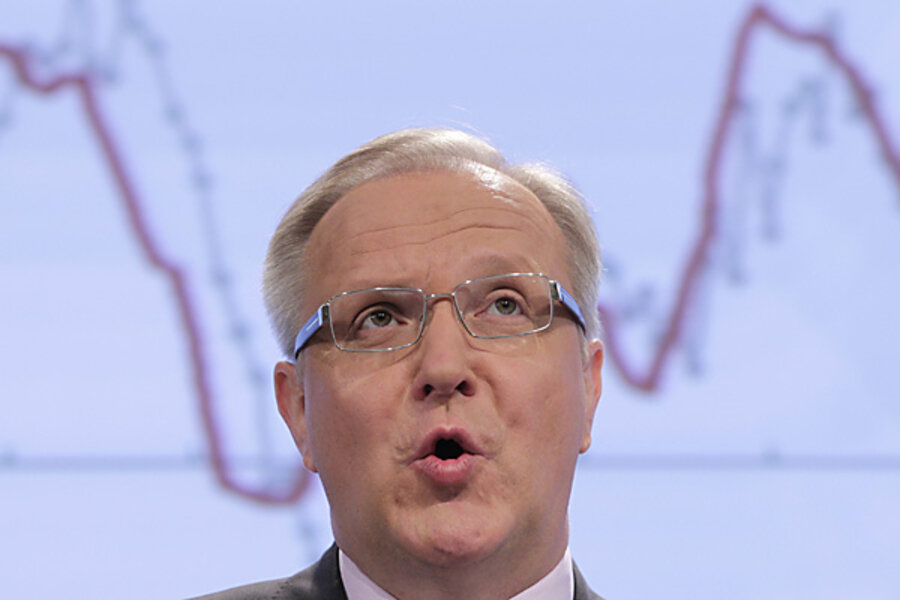How the media misrepresents European growth numbers
Loading...
Dean Baker makes a point similar to the one he has made in the past and that I have also made repeatedly in the past (for example here), namely that it is misleading when European quarterly growth numbers are reported in American press without annualizing them.
Hence, some readers might mistakenly believe that America has stronger growth than Germany because it's quarterly growth was reported by the media as 1.8% while Germany's was reported as 1.5%. But in reality German growth was far stronger because the American number was the annualized quarterly change while the German number was the nonannualized quarterly change. Expressed in the same way, growth in Germany was 1.5% in non-annualized terms while America's was 0.45%, and expressed in annualized terms Germany's growth was 6.1% while America's was 1.8%.
Baker correctly points out that the media's reporting of European and American growth numbers is as misleading as if American media would tell its audience that the temperature was 20 degrees in Europe on some July day, creating the false impression that Europe had freezing weather in July because 20 degrees Fahrenheit (the equivalent of -7 degrees Celsius) represents freezing weather, or if European media similarly would tell its audience that New York in December has temperatures of 30 degrees, creating the misleading impression that New York had hot summer weather in December whereas in reality 30 degrees Fahrenheit (the equivalent of -1 degree Celsius) is slightly below the freezing point.
One can wonder why financial journalists are less aware of the need to translate the different ways of Europe and America in expressing growth than weather journalists are of the need to translate the different ways of Europe and America in expressing temperatures.
Yet even Baker misleads unintentionally his readers about the German growth numbers because he commented the yearly increase of 4.9% that was also reported by saying it probably represented some seasonally adjusted version of the quarterly change. Had he read the original press release from the German statistical office, he would have known that the 4.9% number reflected the change between Q1 2010 and Q1 2011, whereas the 1.5%/6.1% numbers reflected the change between Q4 2010 and Q1 2011.
Add/view comments on this post.
--------------------------
The Christian Science Monitor has assembled a diverse group of the best economy-related bloggers out there. Our guest bloggers are not employed or directed by the Monitor and the views expressed are the bloggers' own, as is responsibility for the content of their blogs. To contact us about a blogger, click here. To add or view a comment on a guest blog, please go to the blogger's own site by clicking on the link above.





